A GOOD friend of mine in Ireland occasionally likes to suggest interesting analytical tasks, purportedly in the hope that they will confirm his views on the particular subject raised – but also perhaps fearful that, if I have too much time on my hands, I may belatedly work out how much breeding National Hunt horses is costing me.
It was my Irish pal who suggested the first two topics that I investigate in this article. The first is whether French-breds outperform Irish and British-breds in Irish maiden four-year-old point-to-points, as they clearly do in major jumps races under rules.
The second is how French-breds sold as unbroken three-year-old stores subsequently compare as racehorses with Irish- or British-breds sold for similar prices.
1. Origin of Irish four-year-old maiden point-to-point winners (Spring 2024)
Irish four-year-old maiden point-to-point races are now established as a major source of future top-class National Hunt horses.
However, whilst all my studies of National Hunt horses racing in Britain and Ireland over the past 15-plus years (see Section 3 below for the latest) show disproportionately high success rates for French-bred horses, it may be interesting to look at whether similar outcomes arise in these ‘development races’ - since such races are likely to indicate the relative performance of horses developed in a similar fashion.
The relevant figures for February to May 2024 for the 89 races run are:

If anything, the success rates for French-bred horses are slightly below those for horses bred in Ireland and Britain, although the differences are not statistically significant. However, they clearly confirm that there is no apparent advantage to horses bred in France compared with those from Ireland and Britain, when their careers begin in the same way.
2. Subsequent careers of horses sold as stores (2015 to 2018)
In search of the kind of intellectual stimulation that sometimes unfairly causes one to be labelled a ‘geek’, for this analysis I looked at every French-bred horse offered at the two select sales offering the largest samples of three-year-old stores sold in Ireland or Britain from 2015 to 2018 (the Tattersalls Derby and the Goffs Land Rover/Arkle Sales).
This afforded due time (the 2018 graduates now being nine-year-olds) to assess what are probably the best results of the horses in question.
For each French-bred horse offered for sale, I took the Irish- or British-bred horse of the same sex that was closest in price (sold vs sold, unsold vs unsold) and then lot number, looking at the highest Racing Post Rating (RPR) achieved by the horse subsequently and whether he or she was a winner.
A grand total of 379 French-bred horses were sold (or retained) over the eight sales in question, bringing an average price (using the ‘not sold’ return for those retained) of €45,018. This compares to an average of €44,433 for the 379 Irish- or British-bred horses defined as being the most comparable. The key comparisons are:

Overall, the French-breds cost slightly more than their comparable Irish- and British-bred rivals, but produced a slightly lower number of winners, average RPR and percentage of 150-plus (defining high-class) performers and 120-plus (constituting useful) runners.
Whilst I cannot claim that any single outcome represents a statistically-significant difference, their consistent nature confirms that there is no advantage in purchasing French-bred stores rather than Irish- or British-breds available for similar prices.
Success or failure will come down to the skill or luck of the buyer, the ability of its trainer and the attributes of the individual animal, not where it was born.
3. So what gives French-breds their advantage (one more time!)?
The above results, showing similar levels of success for French-bred against Irish- and British-bred jumps horses developed in the same way, are in contrast with several studies I have carried out over the past 15-plus years into the origins of top-class National Hunt horses.
These showed a consistent pattern, in which French-bred horses outperformed those bred in Britain and Ireland.
Such studies gave no evidence that different pedigree choices were major factors affecting the results of the three nations. Although rather more leading French-bred jumpers were sired by horses that themselves raced successfully over obstacles, this was not at such a level to explain the better French-bred results. In fact, fewer of the other stallions that sired these horses had themselves been flat Group 1 winners.
Instead, the most significant difference between the French-bred and British/Irish-bred populations was that the former were far more likely to have begun racing over obstacles at an earlier age, typically over 12 months sooner than British/Irish-breds.
In my most recent analyses, I looked at the origins of all horses given RPRs of 160+ or 170+ in the 2022/’23 and 2023/’24 NH seasons in Britain and Ireland. These confirmed a clear advantage for French-bred horses (using the highest rating given to individual horses in the two seasons). The overall figures were:

Once more, French-breds demonstrated better results than their rivals, particularly amongst the very best (170+) performers.
Jumps-bred foals produced in France number around 60% of the combined totals in Britain and Ireland, with some of the best ones remaining to race in France, so similar (160+) or better (170+) levels of successes once more confirm the superiority of French methods.
Looking at the races in which horses bred in Britain, Ireland and France first made their racing debuts shows clear differences between the three nations, with point-to-points playing an increasing part for all three, particularly in Ireland. The figures are:

Here, there is a clear difference between methods in the three nations. In each case, point-to-points are significant, with all of the Irish-bred 170-plus runners coming via this route; along with one of the two British-bred 170-plus horses (Constitution Hill) and five French-breds - showing an outperformance for PTP debutants amongst 170-plus horses from the three nations (12 beginning in PTPs vs eight in hurdles, two in NHF and one in flat).
Around two-thirds of all 160+ horses in Ireland and France began their racing careers by running over obstacles, though only just over one-quarter of GB-breds started this way. Basically, there is no established route in Britain for NH horses to begin racing over jumps in the same way as provided by four-year-old points in Ireland and three/four-year-old hurdles in France.
Particularly significant differences between the three countries appear when the age at which these high-class National Hunt horses first raced over obstacles is considered. The figures for the three nations showing the percentages that had raced over jumps by different ages are:
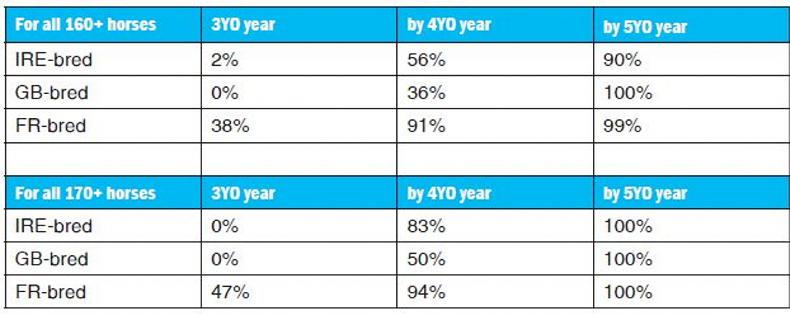
So, 91% of all 160-plus French-bred horses had raced over obstacles by the end of their four-year-old year, compared with 56% of Irish-bred horses and 36% of British-breds.
For 170-plus horses, the figures for horses raced earlier are even better, with 94% of French-breds, 83% of Irish-breds and 50% of British-breds first racing over jumps as three- and four-year-olds.
These figures suggest a strong likelihood of cause and effect. National Hunt horses that are raced as three-year-olds and four-year-olds appear to produce better results than those making their debuts later.
French-breds are very likely to make their jumps debuts at these ages, in some cases in Irish points, but most often even earlier in French three-year-old hurdle races.
Irish-breds are unlikely to race over obstacles as three-year-olds (those that do tend originally to have been flat racehorses), but increasing numbers do so as four-year-olds, largely due to the possibilities offered by maiden four-year-old points. Such horses are beginning to dominate Irish-bred results in top jumps races.
It would surely improve the prospects of Irish horses even further, if two-mile-plus maiden points were introduced for three-year-olds in November, when ground conditions are likely to be much better than in late winter.
British-bred horses most often start their careers in National Hunt flat races, followed by hurdles runs. However, those sold to Ireland as foals or stores sometimes begin via the point-to-point route, and these appear to be disproportionately successful.
Whatever cause stimulates earlier racing over obstacles, the effect seems to be similar – improved racing performance. It is not about where the horse was born.
The French have strong three-year-old and four-year-old hurdles programmes, whilst in Ireland there are numerous four-year-old maiden point-to-point opportunities (though unfortunately none for three-year-olds).
Unless they utilise the small number of junior National Hunt hurdles in Britain (complete with penalties in future novice hurdles if they win one!), British-raised NH horses have no similar opportunities to gain early racing experience over obstacles.
This is one of the reasons why I sell my foals in Ireland; and it is certainly why I ensure that the ones I hope to race are broken and taught to jump early.
Jumps horses don’t need to be born in France in order to succeed - but it certainly helps if they are developed using similar approaches!
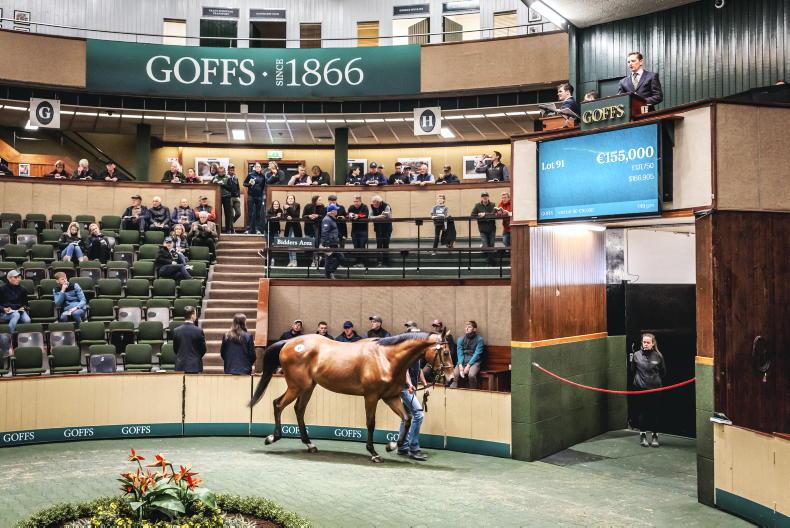

 This is a subscriber-only article
This is a subscriber-only article
 It looks like you're browsing in private mode
It looks like you're browsing in private mode
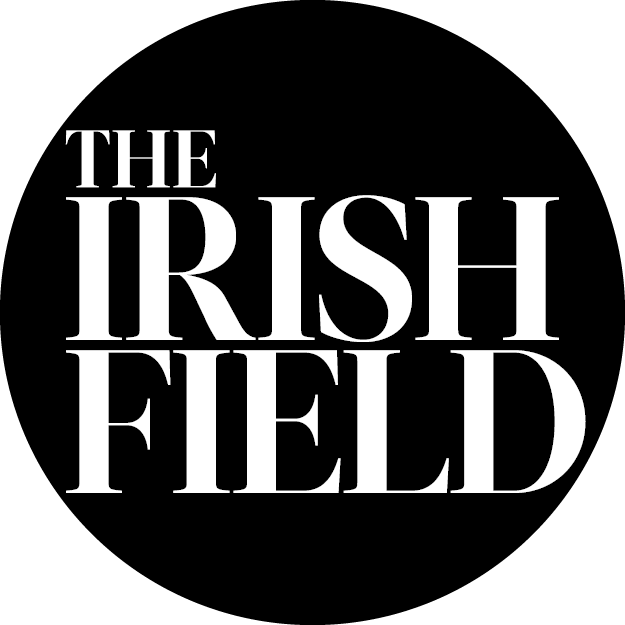



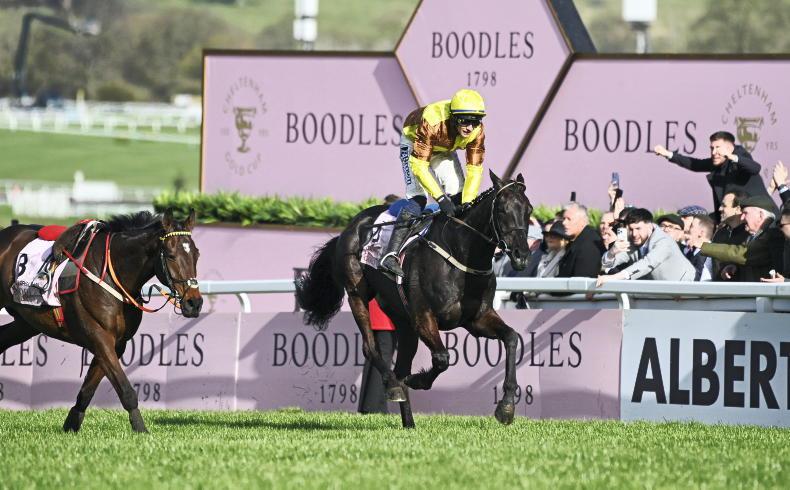
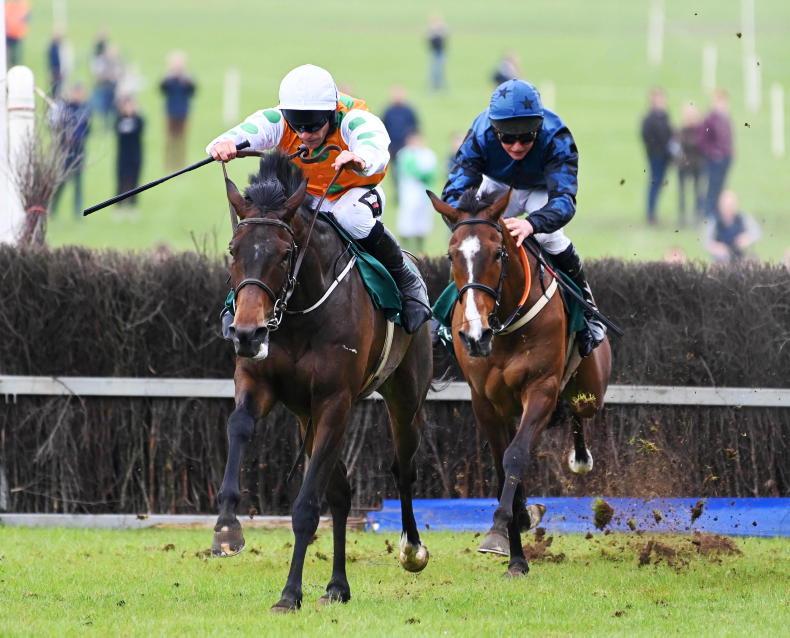






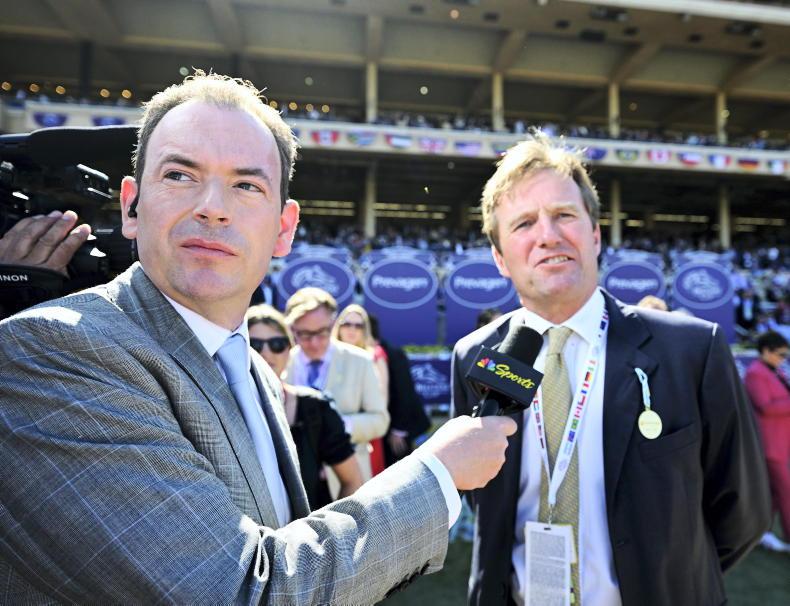

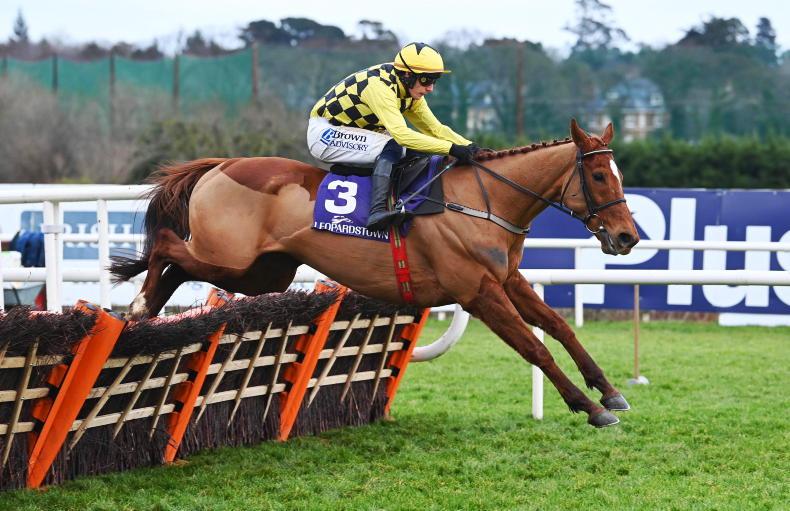


SHARING OPTIONS: